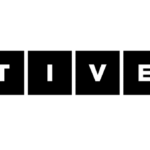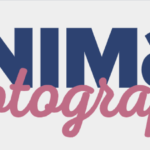Love being around animals? Enjoy photography? Combine them into a lucrative business as a pet photographer, which you can pursue full-time or as a sideline to your main job.

As a form of portrait photography, taking pictures of pets can be a challenge. Many won’t still for long — or at all. Some will gaze in every direction except the camera. But with patience and a genuine fondness for animals, you will overcome these obstacles to capture images that your clients will cherish for years.
You may find employment working at a portrait studio, although many pet photographers operate their own business and keep overhead to a minimum by going to the homes of their customers to take pet photographs, or meeting outdoors at a public park, for example, where a dog can roam and play, expressing a joyful personality that the photographer will then be able to capture with a camera.
You won’t need to invest in thousands of dollars of equipment, either. A good DSLR (digital single lens reflex) camera and a couple of quality lenses will cover the basics. Add a tripod, extra battery packs and memory cards, and a set of filters to control lighting, and you’re all set.
If you decide to operate your own pet photography business you can potentially make as much money as you like. It depends on your ability to attract a steady stream of clients and willingness to work.
Ready to get started? Read on to learn what you need to do to begin working as a pet photographer.
In this article you’ll learn:
- How much money you can make as a pet photographer
- The required training and certifications
- Professional groups to join
- Employment opportunities for pet photographers
- Finding clients
- Plus helpful tips
How much money can you make?
The average salary of a pet photographer is $36,685 per year, according to a recent survey by ZipRecruiter. The top 10 percent of photographers in this field are making $74,500 on average. Working freelance and running your own business, you can write your own paycheck. It just depends on your skill at marketing to new clients and willingness to take on the work.

Training and Certification
You can, if you want, go out right now with your camera and start a business as a pet photographer. There are no regulations or licensing requirements to stop you. However, you will face competition and that’s where training and certification can help you stand apart from other pet photographers.
There are dozens of online pet photography courses for you to discover and look over with a simple Internet search. Many cost less than $100. In addition, you can self-train by watching free online videos (here’s an example) and by practicing your photography skills. For more formal training, you can check the course offerings at local colleges and call or visit camera shops to find out if any pros in your area are offering pet photography instruction. Look for classes that offer a certification of completion once you finish. These credentials can be promoted on your website, marketing materials, even your business cards to enhance your reputation as a real professional.
A few thoughts on equipment
There are dozens of books, websites, photography magazines and other resources to help you decide which gear to buy. Your needs may be different from another pet photographer’s, so only you can decide which brand or model of camera suits your requirements.
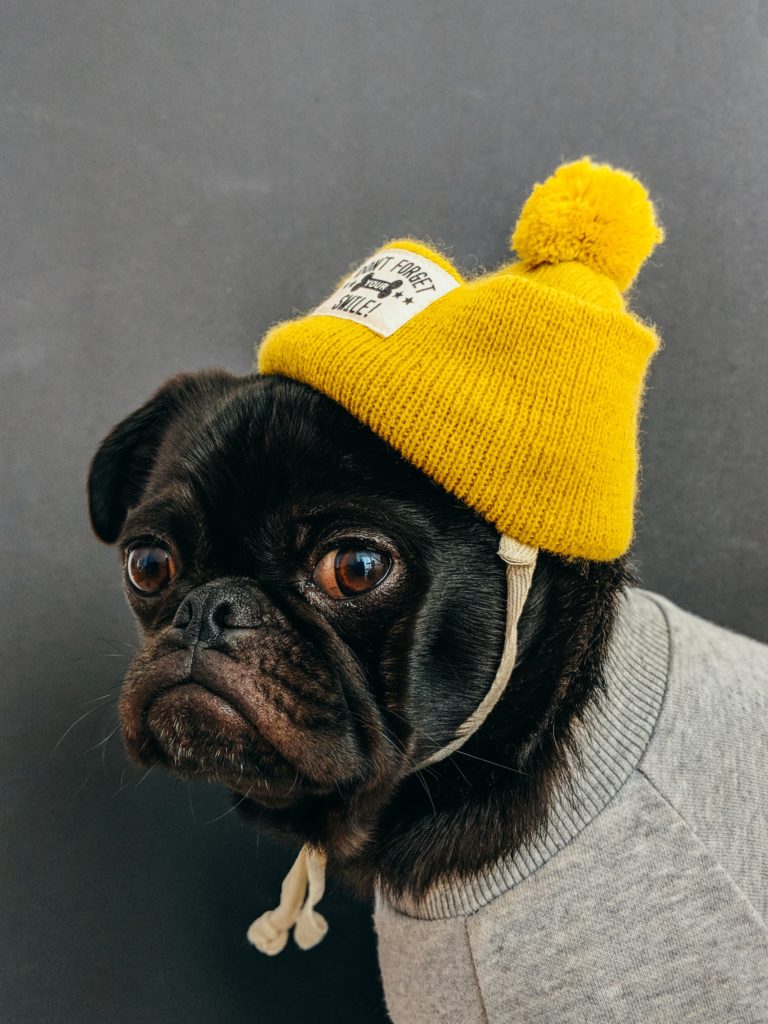
At minimum, though, you’ll need a DSLR (digital single lens reflex) camera body and at least two lenses, wide and telephoto. Two camera bodies are even better because then you won’t be spending so much of your time switching out lenses while clients become impatient.
A set of neutral density and polarizing filters will help you manage lighting conditions outdoors.Indoors, you’ll need a flash attachment at minimum. Over time, you may decide to invest in a lighting kit with reflectors, lamps and folding stands, all of which fits into a footlocker-type case for easy transport.
Spare camera batteries and memory cards are essential. And you’ll need a water-resistant bag to carry your equipment.
A good, sturdy tripod should also be part of your standard kit. To get the maximum stabilizing benefits from a tripod, you should have some means of triggering the camera shutter remotely. Many modern digital cameras are Bluetooth enabled, which allows a radio signal to pass from the camera to a smart phone. Depending on the brand and model of your camera, you download an app to the phone, which allows you to trigger the camera shutter with your smartphone from distances of up to about 30 feet.
Finally, a computer or laptop loaded with image editing software such as Photoshop will be needed to work on your photographs in post-production. As your photography business grows, digital storage will become an issue. There are many online storage solutions (cloud storage), some of them even free for a certain volume of storage. Google Drive is one example. As a backup measure, though, you may want to invest in external hard drives that can store many thousands of high-definition images. These drives connect directly with a cable to your laptop or computer for immediate access. One advantage of an external drive is you do not need an Internet connection to access your work.
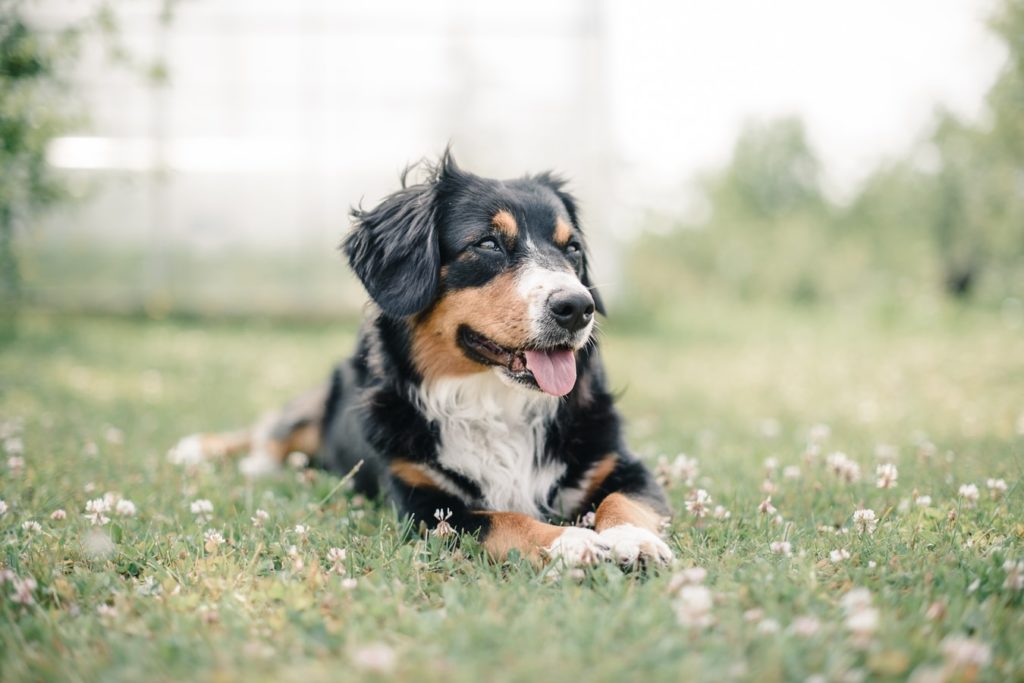
Professional Groups to Join
There are many professional photographers’ organizations you can join to network with other pros and advance your pet photography career. Here are some of the most relevant to pet photographers:
The Pet Photographers Club offers members a chance to network, plus full access to podcasts, videos, useful downloads of photography tips and more. Membership is $10 per month or $100 for a year, paid in advance, with the first month free.
Professional Photographers of America is the premiere organization of photography pros in the United States. A full membership is open to anyone living in the United States or its territories and costs $323 per year. Benefits include:
- $15,000 equipment insurance policy
- Data loss protection
- Access to all online education courses
- Online referral database listing
- Printed and digital monthly issues of Professional Photographer magazine
- One full registration to Imaging USA during the first year of membership
- Business Resources
- Contracts and Copyright Resources
- Access to Member Discount Program
- Weekly newsletter
American Photographic Artists
Benefits include a photographer photo ID card, discounts on Apple electronics, a listing in the association’s directory to help new clients find you, and more. Membership tiers range from $50 to $500 per year.
Employment
Visit pet shops, the local SPCA and other animal shelters, breeder farms and any other place where pet owners congregate. Ask the business owner if you can put up a flyer promoting your pet photography or leave a stack of your business cards on the sales counter.
Contact newspapers, magazines and the editors of online sites devoted to pet photography. Send them your marketing materials, brochures and business cards. Follow up with a phone call in a day or two. If your contact says she’s already working with a photographer, ask if she knows anyone who needs your services. Don’t be discouraged by rejection when calling potential clients. The very next call you make could be gold.
Use the networking power of your professional memberships to find assignments.
Develop and maintain working relationships with publications in your area. If you capture a stunning image, you’ll already have contacts in the editorial department who may want to buy your photos as a local-interest item for their publications.
Finding Clients
Business cards and a basic website should be the core of your marketing toolkit as a pet photographer. The website need not be fancy or expensive, just attractively designed, with photos of your best pet photography work, your business location and contact information. No need to include your pricing. You can discuss that directly with clients.

In addition to your business website, the next thing to do is create an Instagram account to showcase your pet photography. Instagram is the #1 online venue for creative professionals to display their work. It’s a free promotional tool that’s always working on your behalf.
Other strategies for attracting new business:
- Create a referral program with discounts for returning customers who bring new clients to you.
- Ask clients to review your pet photography services online. According to a recent survey, 90% of people say their buying decisions are influenced by positive online reviews.
Good to know
This handy checklist of pet photography tips comes from professionals who’ve been honing their skills in this field for years.
Work in natural light
Draw back curtains and shades when working indoors to let in as much natural light as possible. Flash photography causes red-eye, which will add to your time spent on post-production. The sudden flash can also startle the pet, possibly ending the photo session right then and there.
Focus on the animal’s eyes
Dogs and cats, especially, have extremely expressive eyes. Focus there when composing the image.
Get on their level
Animals may feel skittish when a stranger holding something peculiar (like a large, unfamiliar camera) towers over them. Instead, crouch to the level of the pet. This not only helps put the animal at ease but enables you to get closer and see the world from the pet’s point of view.
Concentrate on the animal’s personality
Ask the owner what the pet is like, what the pet enjoys. If the animal has a favorite toy, perhaps include that in the photo.
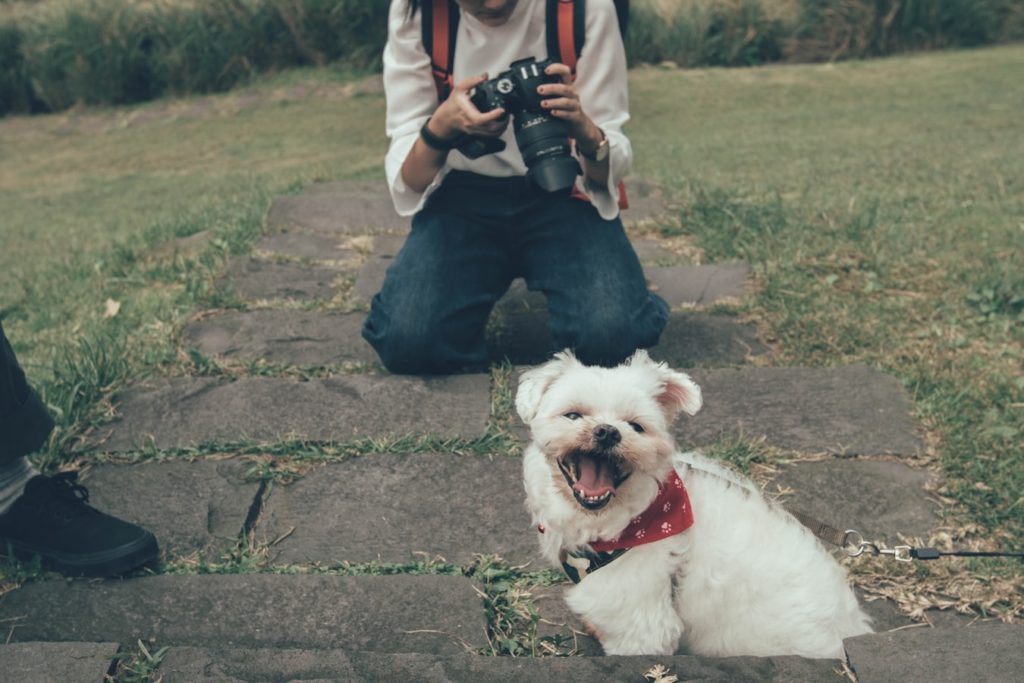
Go for the close-up
Sometimes the full frame of a pet’s face, turned at just the right angle, can produce a photo more captivating than an image of the entire animal at a distance.
Catch them by surprise
A sudden whistle or calling to the pet by name can cause the ears to perk up as the animal goes into full alert mode. This can produce interesting and delightful poses.
Plan the photo session around the pet’s energy
A good time for a pet photo shoot is when the animal is sleepy or has just awoken, which is your best chance to get them to hold still for a photograph. If the goal is to capture action photos, plan the session when the pet is typically most active.
Patience is a virtue – and essential for photographing pets
You’ve probably heard the expression that some tasks “are harder than herding cats.” Pet photography can fall into this category unless you have the patience to let the animal relax, become comfortable in its surroundings and settle down for a photo.
Get a liability insurance policy.
And keep it up to date. You may also want to have an attorney set up your operation as an LLC (Limited Liability Company). This affords you many legal protections in the event of disputes.
If you enjoyed this article, check out some more great PocketSuite.io content that can help you grow your career as a pet photographer. Here’s a great place to start.PocketSuite has thousands of business owners who all started where you are right now. Our community is always happy to help you ramp up, grow your client base, and achieve your income goals, both within the PocketSuite app and as part of our exclusive Facebook Community Group. PocketSuite’s vision is for any professional to be able to work for themselves and make a great living. It starts here. It starts with you. It starts today. Let’s get started, download PocketSuite now! Feel free to reach out with any questions (we’d love to hear from you)! Text us @ (415) 841-2300.



